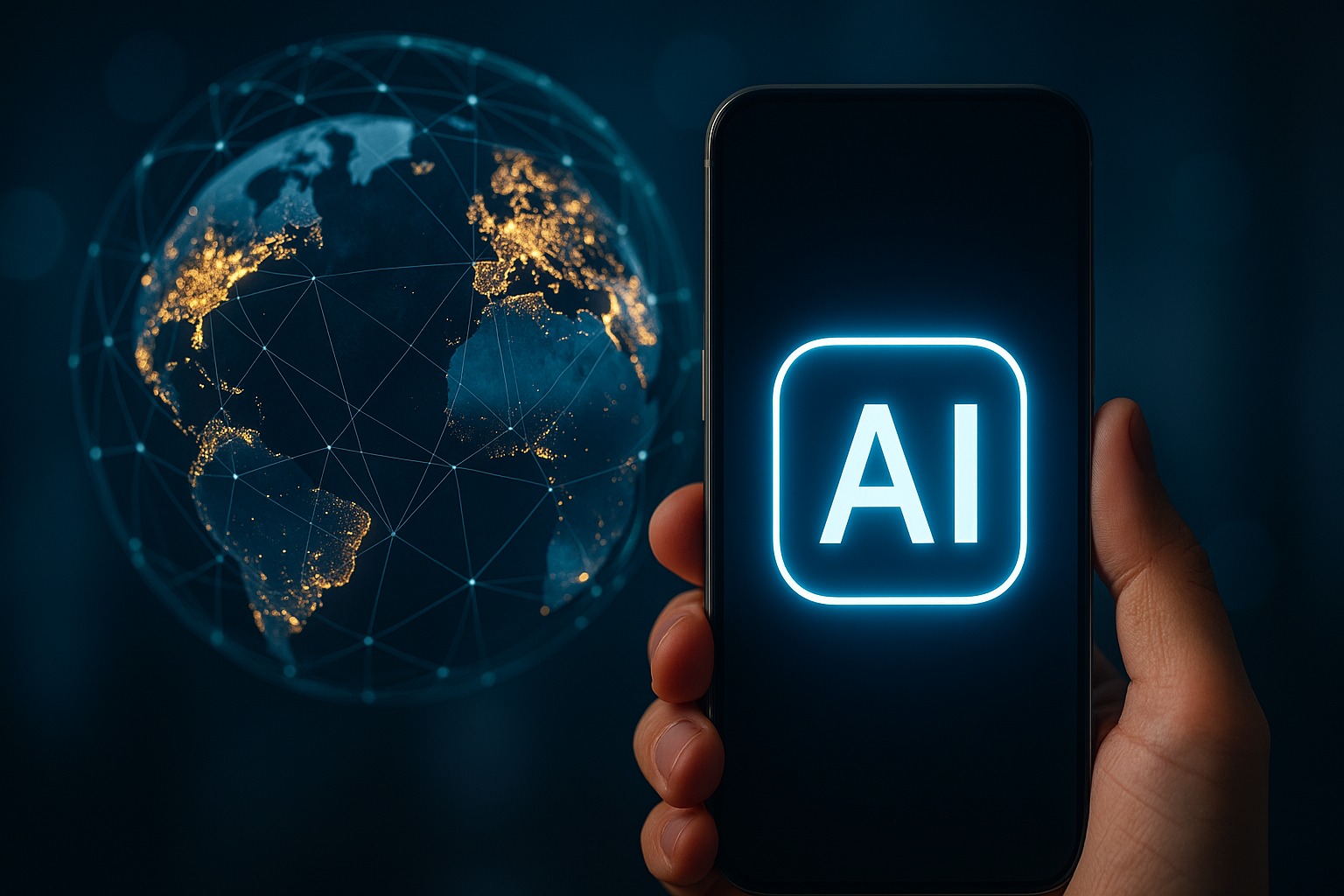As AI matures beyond novelty into a core driver of economic systems, 2025 marks a pivotal moment. AI no longer sits at the tech periphery—it’s deeply embedded in financial markets, national productivity, workforce structure, and global trade. Let’s explore how this transformation is unfolding.
1. Massive Economic Uplift
- Goldman Sachs projects global AI investment around $200 billion in 2025, with the potential to enhance labor productivity by over 1 percentage point annually.
- PwC estimates AI could boost global GDP by 15 percentage points by 2035, effectively adding 1% to annual growth—akin to the impact of 19th-century industrialization.
2. Explosive Market Expansion
- The global AI market is expected to reach $190 billion in 2025, with projections exceeding $300 billion by 2025–2028 and $733 billion by 2028.
- Generative AI alone is forecast to grow at a 46% CAGR, scaling from $36 billion in 2024 to over $100 billion in 2025.
3. Transformation Across Industries
- Manufacturing: AI-driven predictive maintenance slashes downtime by 50% and reduces breakdown costs by 20%.
- Finance & Insurance: AI fraud detection improves accuracy by 99%, and robo-advisors manage trillions in assets.
- Health, Retail & Supply Chain: From autonomously optimizing energy usage to enabling AI-powered logistics, the benefits span sectors.
4. Job Market Realignment
- McKinsey and WEF estimate AI could create 97million jobs by 2025, even as it displaces roughly 85 million roles—a net gain of 12 million.
- However, Advanced economies face automation-driven disruption—41% of companies expect job cuts due to AI by 2030—even as 77% invest in reskilling.
5. Global Competitiveness & Trade
- Nations like the U.S., China, and the EU are ramping up AI infrastructure, research, and regulation to stay competitive.
- AI is streamlining trade via predictive algorithms and smarter customs processing—accelerating cross-border flows and lower costs.
6. Ethics, Governance, & Infrastructure
- The U.S. and EU face mounting pressure to define frameworks for responsible AI amid surging adoption.
- PwC warns of a potential 7% drag on GDP by 2035 due to climate impacts and energy demands from AI, underscoring the need for responsible rollouts.
7. What Lies Ahead
- Continued growth in AI investment will be essential to translate innovation into economic outcomes—through capital, infrastructure, and workforce development.
- The next decade will spotlight the tug-of-war between AI-driven productivity gains and social/economic adaptation, demanding balanced policies, reskilling, and ethical innovation.
Final Takeaway
AI is rapidly evolving from a technological marvel to a core economic engine. With the potential to significantly boost productivity, reshape job markets, and redefine trade, it’s clear that global economic success in 2030+ will be AI powered — but only if adoption is matched by responsible policy, skill development, and infrastructure investment.




